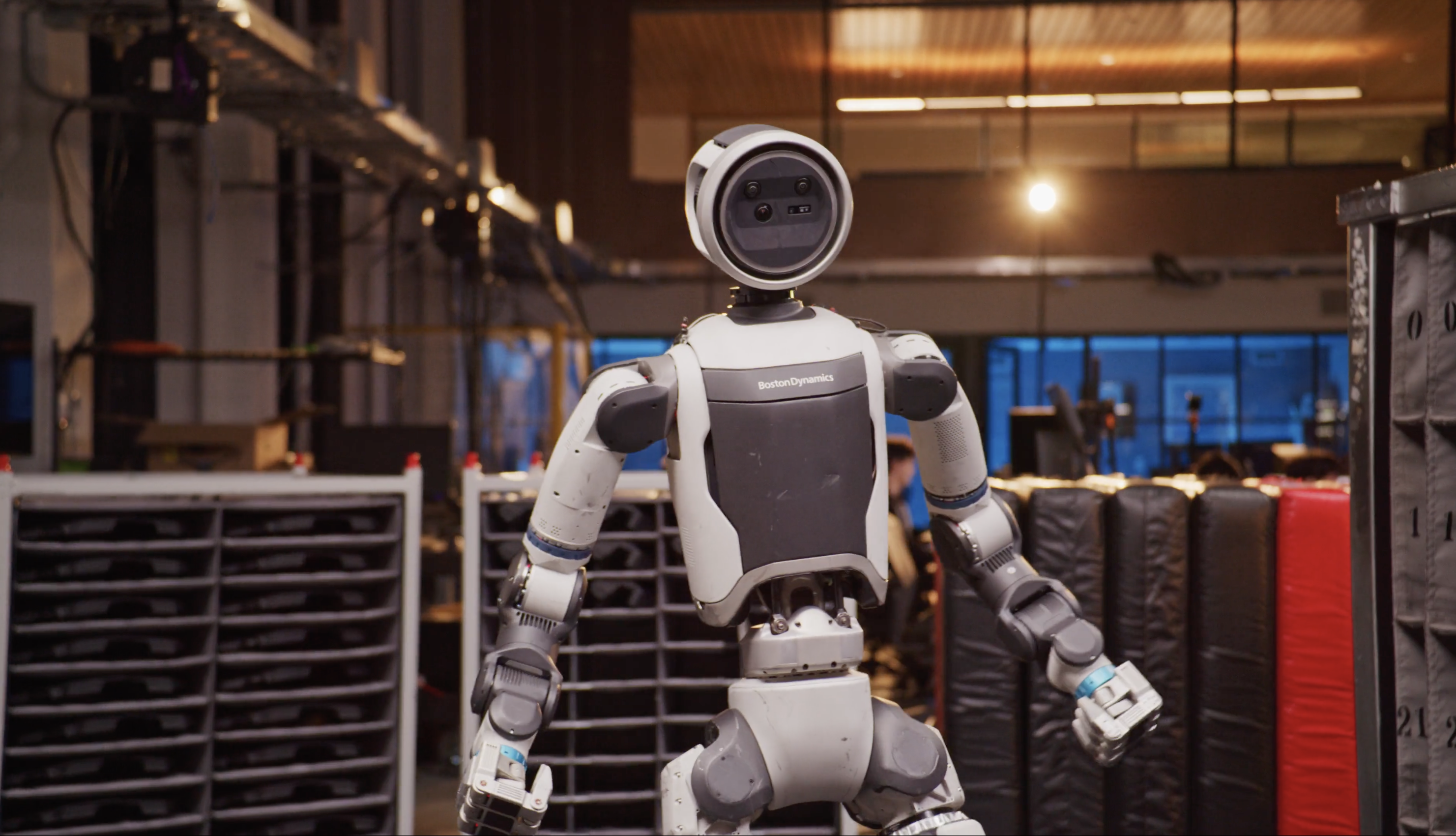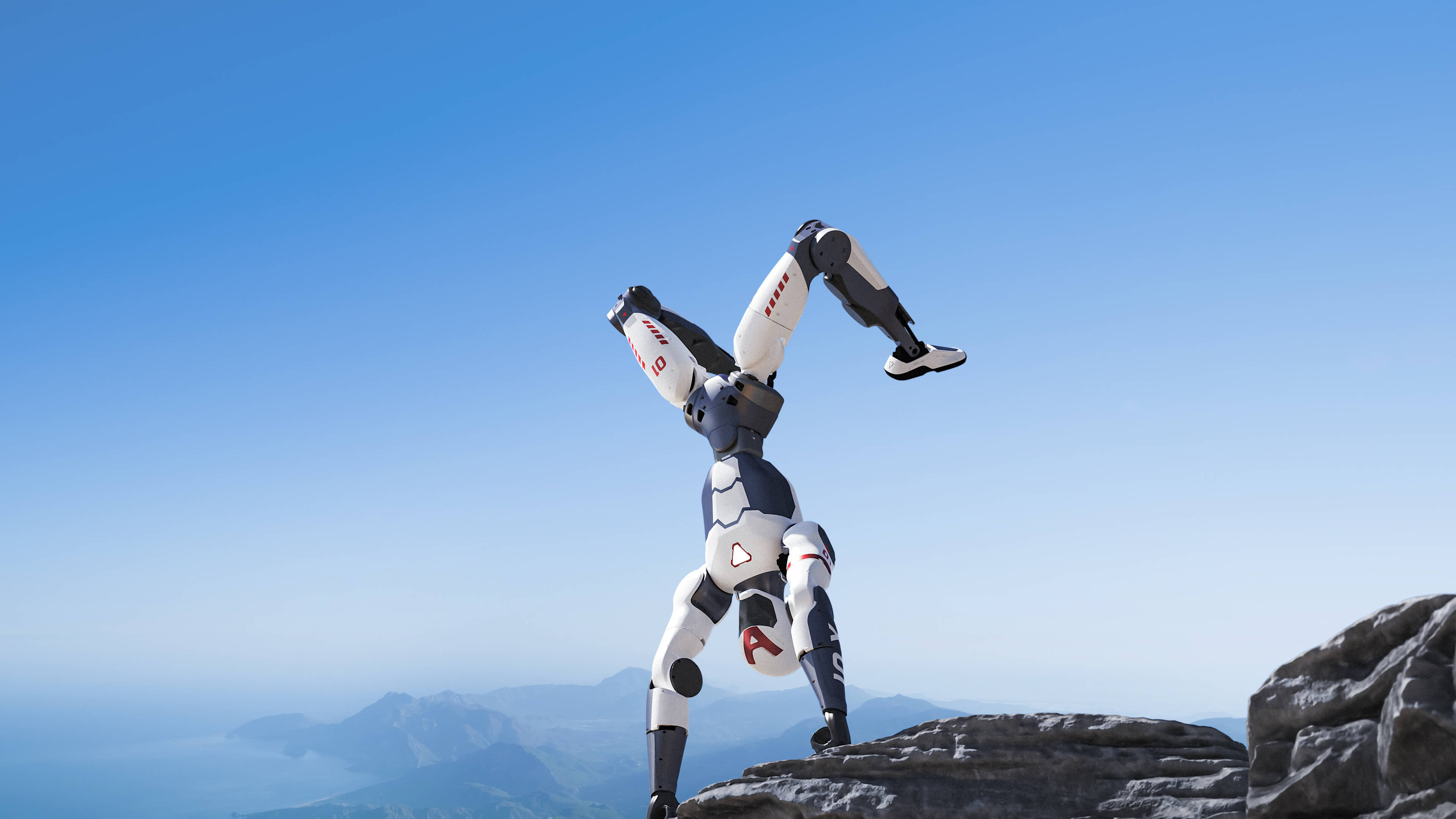By Timmy
Published:
| Updated:
In 2025, breakthroughs in AI algorithms and hardware have propelled the global humanoid robot market, projected to reach $15.26 billion by 2030, according to MarketsandMarkets. This surge reflects a shift from screen-based AI to robots that perceive, interact, and adapt in real-world environments.
What Exactly is Embodied Intelligence?
Unlike traditional chatbots or recommendation engines, embodied AI systems combine large language model reasoning with physical sensors, motors, and mobility, enabling them to learn through direct interaction and physical trial and error. For example, Google DeepMind’s Gemini project explores using natural language instructions—such as “wipe the table but avoid the coffee mug”—to guide robotic arms with multiple joints in performing tasks, translating plain-English commands into precise movements without extensive manual programming. These systems leverage real-time sensory feedback to continuously adapt their actions, making them highly effective in dynamic and unpredictable environments. By integrating cognitive reasoning with physical embodiment, embodied AI enables machines to perform complex, context-aware tasks that traditional AI models cannot achieve.
Where the money is going
Venture capital: Global robotics startups raised ~$6.4 billion in H1 2024, with a significant portion targeting humanoid and general-purpose robotics platforms, signaling strong investor interest in embodied AI. Key funding rounds include Figure AI’s $675 million Series B (led by Microsoft, OpenAI Startup Fund, NVIDIA, valuing the company at $2.6 billion) and Agility Robotics’ $150 million Series B (with Amazon’s Industrial Innovation Fund).
Corporate giants: In July 2025, JD.com invested ~2 billion yuan (~$280 million USD) to acquire stakes in three Shenzhen-based startups: Spirit AI (warehouse automation), LimX Dynamics (bipedal locomotion), and EngineAI (robotic actuation modules).
Government Investments:
The U.S. Defense Innovation Unit and Army are developing autonomous truck programs, selecting vendors to prototype 20-ton vehicles for 500 km convoy operations without GPS.
Guangdong Province supports AI and robotics with:
R&D tax deductions (100% for manufacturing, 75% for non-manufacturing)
15% tax rate for high-tech firms
800,000 m² of industrial space in Songshan Lake by 2025 (lease-to-own or negotiated terms)
Grants up to RMB 3M for “Single-Champion” or “Little Giant” firms and RMB 5M for “Typical Robotics Application Scenarios”
Who is ahead

Boston Dynamics remains the leader in advanced robotics with its next-gen Atlas, equipped with a high-capacity battery, capable of navigating rough terrain at speeds up to 2.5 m/s, and performing complex tasks like opening doors.

Tesla's Optimus project is progressing but faces delays due to supply chain constraints for actuator components at Gigafactory Texas. The Gen 3 Optimus demonstrates promising capabilities in lab tests, including basic object manipulation with 22 degrees of freedom in its hands and navigation, with plans for integration into Tesla's manufacturing lines by 2026.

Unitree Robotics, a Chinese contender, is making significant strides, particularly in affordability and market reach. Its latest R1 humanoid robot, priced at just $5,900, undercuts competitors like Tesla’s Optimus and Unitree’s own G1 ($13,800) and H1 ($90,800) models. The R1, weighing 25 kg with 26 joints, leverages multimodal AI for tasks like cartwheels and downhill running, targeting developers and research teams. Unitree’s quadruped robots, like the Go2 ($2,800) and industrial-grade B1 and B2 ($100,000), are already deployed in factory patrols and firefighting, with pilot use in Nio and Geely’s EV plants. The company’s shift to humanoid robots, starting with the H1 in 2023 and followed by the G1 and R1, showcases rapid innovation, with AI-driven capabilities like martial arts maneuvers and reinforcement learning. Unitree’s valuation hit $1.7 billion after raising $155 million, and it’s eyeing an IPO, potentially becoming the first humanoid robot maker listed on a mainland Chinese exchange.
Key technical leaps
Vision-Language-Action models: Google’s 55-billion-parameter VLA network lets robots improvise tasks they were never explicitly trained for; in lab demos, a single Franka arm successfully plated a three-course meal after reading a handwritten recipe.
Simulation-to-reality transfer: NVIDIA’s Isaac Sim now renders 4-D worlds that predict how a dropped box will tumble, cutting real-world training time by 70% and slashing cloud-compute costs to $0.08 per simulated robot-hour.
Safety: The SafeEmbodAI Framework integrates secure prompting, state monitoring, and safety validation layers to ensure robust operation. For example, anomaly detection systems identify sensor inconsistencies, while control-theoretic safety filters validate actions in real time, reducing risks in dynamic environments.
In 2025, hardware advancements are propelling embodied intelligence forward. Intel’s Brain-Core Fusion platform integrates high-level AI reasoning with real-time sensorimotor control, enabling seamless coordination for complex robotic tasks. MIIVII Tech’s ultra-compact controller, with real-time Linux, EtherCAT support, and ROS2 integration, optimizes multi-motor control in a compact form factor ideal for humanoid robots. Weijing Technology’s VS859 platform unifies perception, computing, and control on a single chip, streamlining embodied AI applications. Meanwhile, neuromorphic chips like Intel’s Loihi 3, supporting 1 million neurons at 0.1% of GPU power, and BrainChip’s Akida, tailored for event-based vision, are making low-power, brain-inspired computing commercially viable.
Voices from the field
MIT’s Dr. Leslie Kaelbling takes a high-level approach to embodied AI, focusing on systems that learn from minimal experience. Her research aims to combine small learned components to solve complex tasks, like making tea in any kitchen, using compositional representations and inference to balance planning and learning for long-term challenges. Conversely, Yushu Technology CEO Wang Xingxing offers a pragmatic view, noting that humanoid robots are still in early development, with non-humanoid forms like wheeled robots being more cost-effective for industrial use. Wang predicts commercial viability in controlled settings within 3–5 years.
Conclusion and Next Steps
Embodied intelligence is reshaping robotics, driven by advances in AI, hardware, and substantial investments. From Boston Dynamics’ versatile Atlas to Unitree’s cost-effective R1, the race to build adaptable, real-world robots is intensifying. With the humanoid robot market projected to reach $15.26 billion by 2030, innovations like vision-language-action models and neuromorphic chips are paving the way for transformative applications. To capitalize on this potential, stakeholders should prioritize:
Collaborative R&D: Foster partnerships between academia, startups, and corporations to accelerate breakthroughs in AI and robotics.
Safety Standards: Develop robust frameworks like SafeEmbodAI to ensure reliable and secure robot operations in dynamic environments.
Scalable Manufacturing: Invest in supply chain solutions to address bottlenecks, such as actuator shortages, to enable mass production.
Policy Support: Governments should expand incentives like tax deductions and grants to nurture innovation and deployment in controlled settings.
These steps will drive embodied AI toward widespread adoption, transforming industries, homes, and public spaces in the coming decade.







